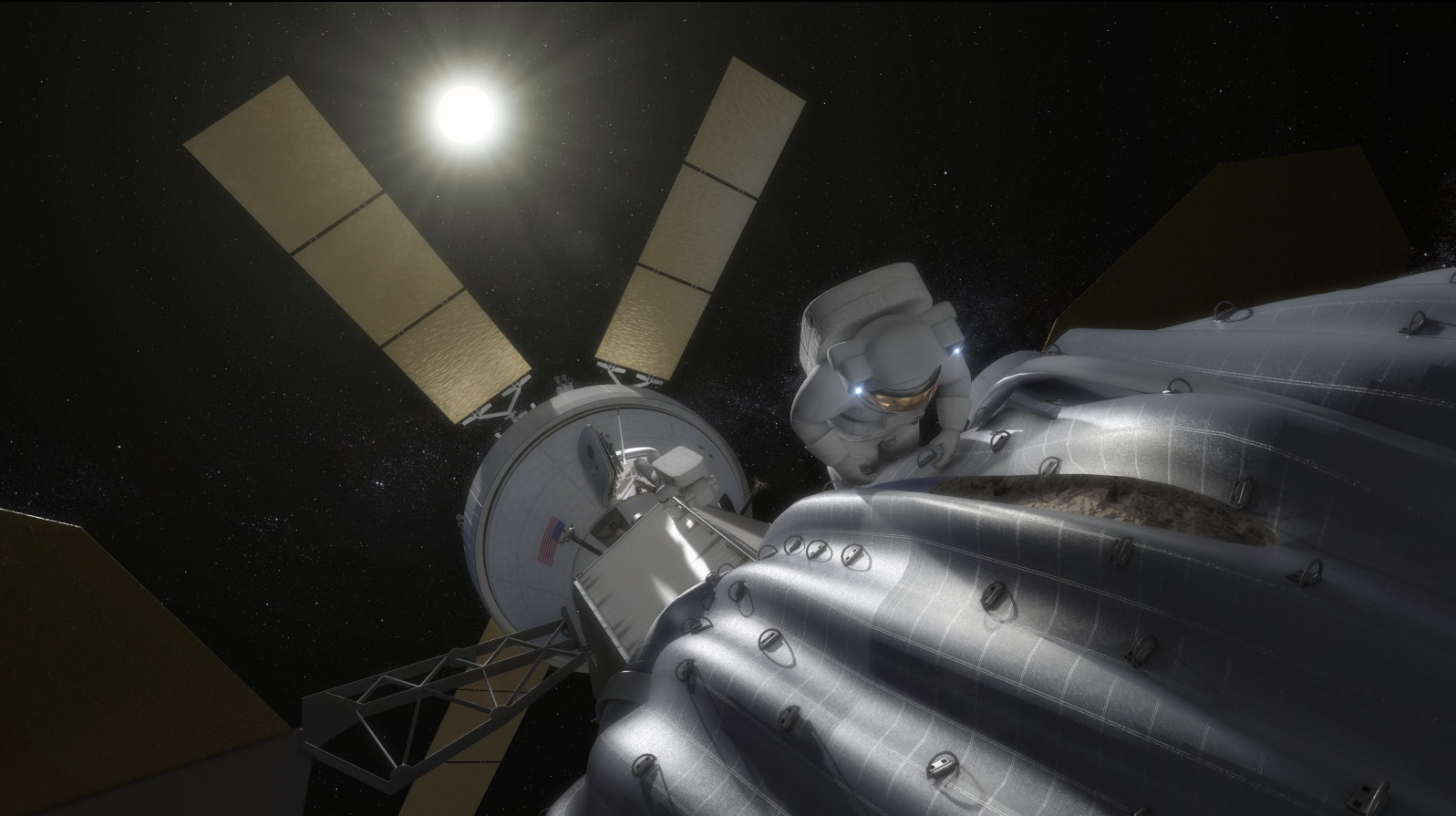
NASA is asking for more ideas to help plan out its ambitious asteroid-capture mission, which seeks to drag a space rock into orbit around the moon for future visitation by astronauts.
The agency announced today (March 21) that it's seeking proposals for advanced technology-development studies that could bring the asteroid-redirect mission closer to reality and help keep the effort's costs down.
"We're in this sort of pre-formulation phase, studying and gathering input, leading to a mission concept review that we'll have in early 2015, where we'll try and focus down to a specific concept, and then go develop and implement," Greg Williams, deputy associate administrator for policy and plans in NASA's Human Exploration and Operations Mission Directorate, told reporters today. [NASA's Asteroid-Capture Mission in Pictures]
The space agency is seeking ideas in five separate areas — asteroid capture systems; rendezvous sensor systems; secondary payloads; adapting commercial spacecraft buses; and international and commercial partnership opportunities.
Proposals are due May 5, and winners are expected to be announced on July 1. NASA will select a maximum of 25 submissions and dole out up to $6 million in total, officials said.
The asteroid-capture mission aims to drag a small asteroid, or a piece of a larger space rock, into a stable orbit around the moon using a robotic spacecraft. The asteroid would then be visited — perhaps multiple times — by astronauts using NASA's Orion capsule and Space Launch System mega-rocket, both of which are in development.
NASA wants the first manned visit to the redirected asteroid to occur by 2025. That would meet a broad goal laid out by President Barack Obama, who in 2010 directed the agency to get astronauts to an asteroid by 2025, then on to the vicinity of Mars by the mid-2030s.
Get the Space.com Newsletter
Breaking space news, the latest updates on rocket launches, skywatching events and more!
The asteroid-capture mission should play a key role in getting people to Mars and other locations throughout the solar system, Williams said.
"We see this as an important stepping stone in our advance of human exploration beyond LEO [low-Earth orbit]," he said.
NASA wants to keep costs down as much as possible, which explains why it's interested in establishing partnerships with commercial aerospace firms and/or leveraging technology already developed in the private sector.
"If the commercial satellite developers or other spacecraft developers see an inexpensive way of using the bus architecture as a framework for developing an inexpensive or affordable way of doing the asteroid-redirect vehicle development, we would be very interested in that," said James Reuther, deputy associate administrator for programs at NASA's Space Technology Mission Directorate.
Follow Mike Wall on Twitter @michaeldwall and Google+. Follow us @Spacedotcom, Facebook or Google+. Originally published on Space.com.
Join our Space Forums to keep talking space on the latest missions, night sky and more! And if you have a news tip, correction or comment, let us know at: community@space.com.

Michael Wall is a Senior Space Writer with Space.com and joined the team in 2010. He primarily covers exoplanets, spaceflight and military space, but has been known to dabble in the space art beat. His book about the search for alien life, "Out There," was published on Nov. 13, 2018. Before becoming a science writer, Michael worked as a herpetologist and wildlife biologist. He has a Ph.D. in evolutionary biology from the University of Sydney, Australia, a bachelor's degree from the University of Arizona, and a graduate certificate in science writing from the University of California, Santa Cruz. To find out what his latest project is, you can follow Michael on Twitter.









